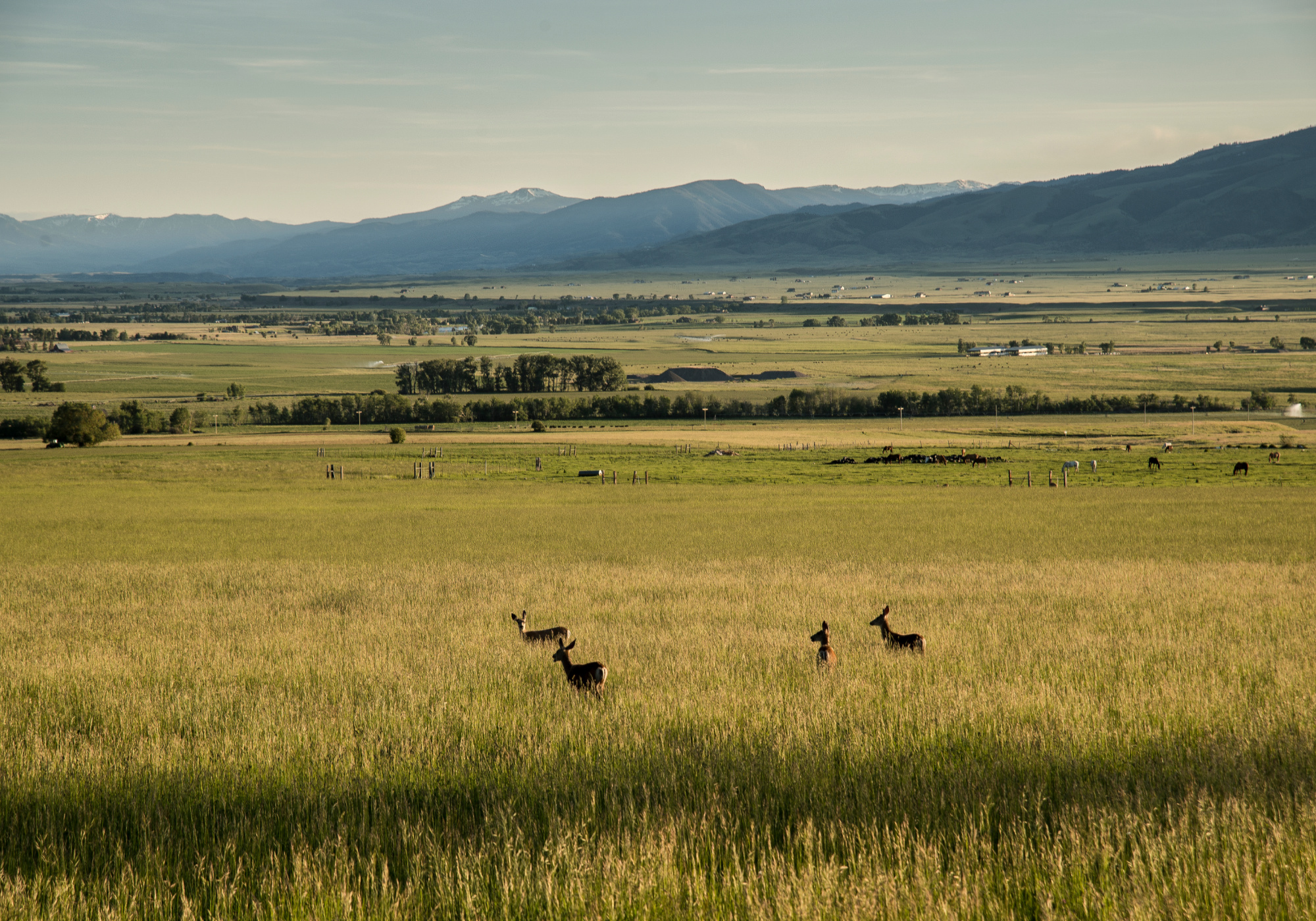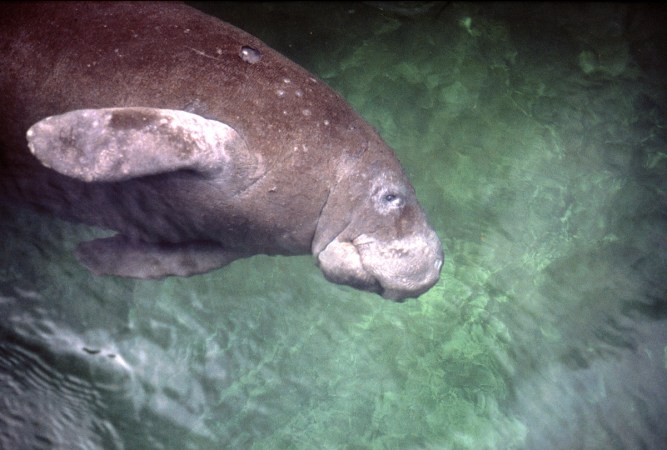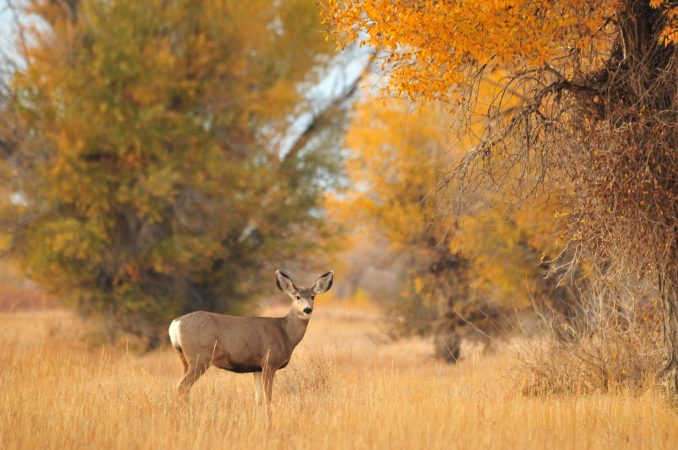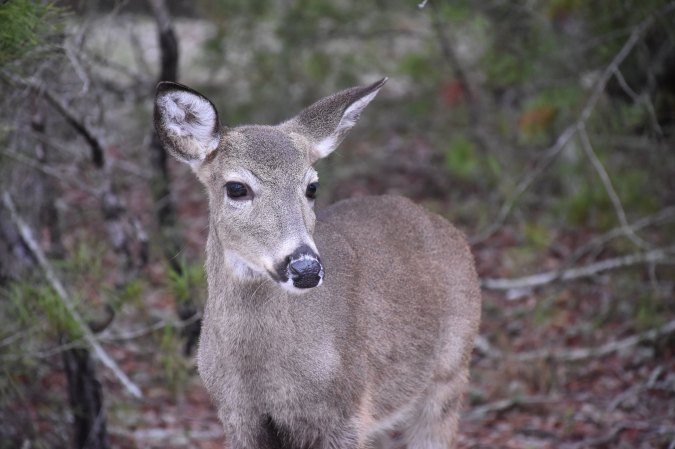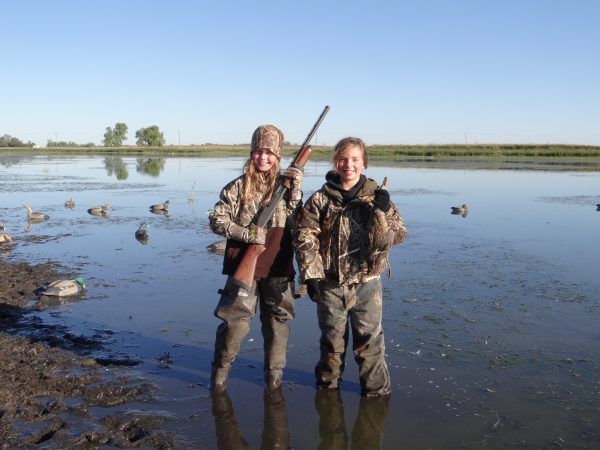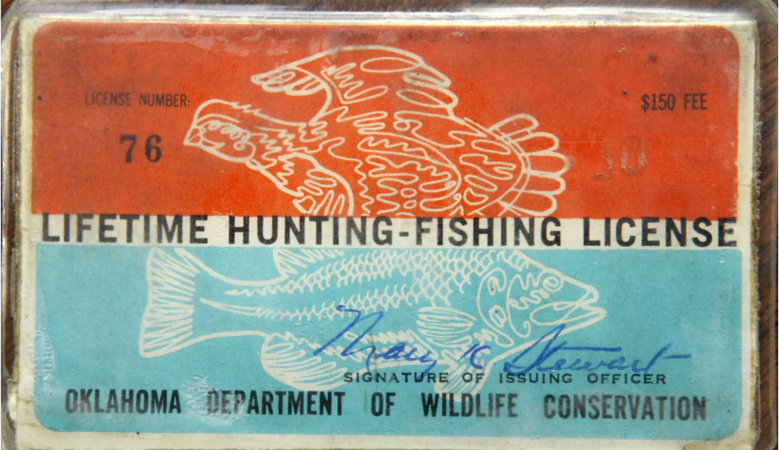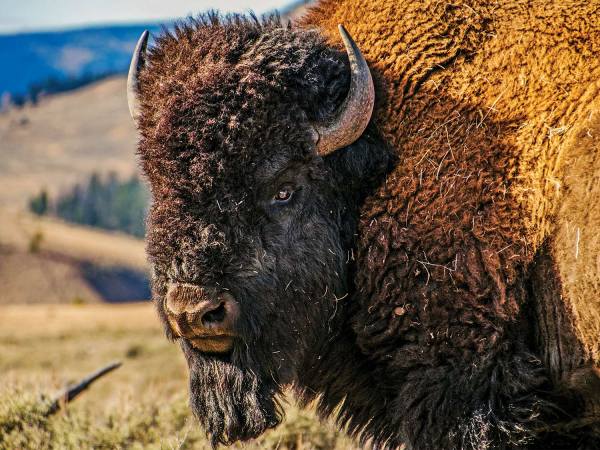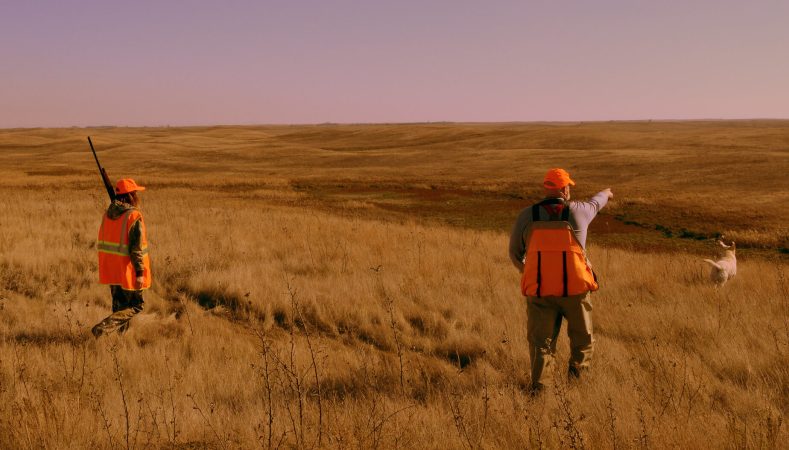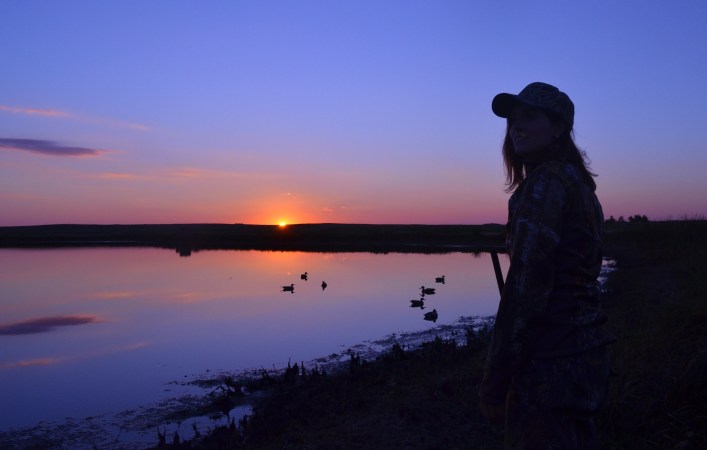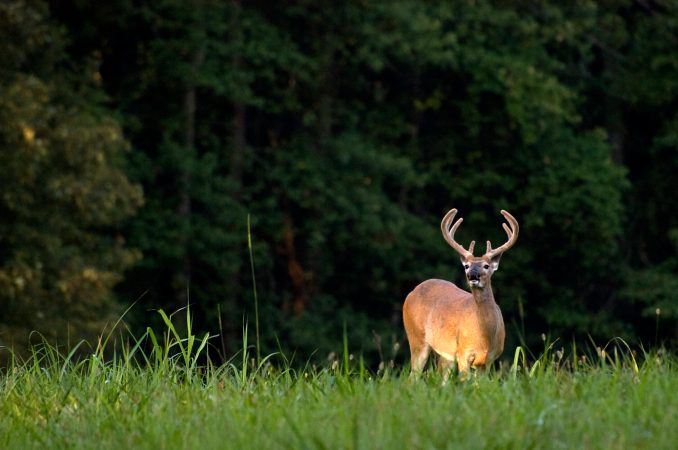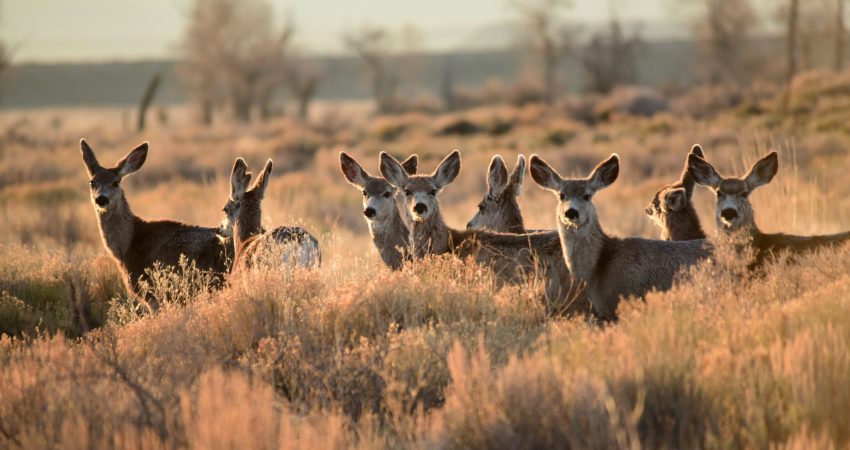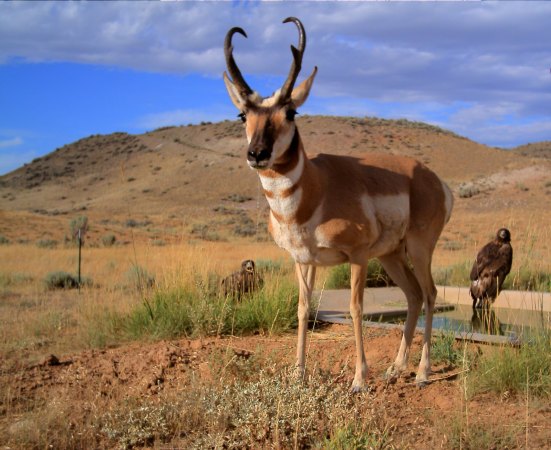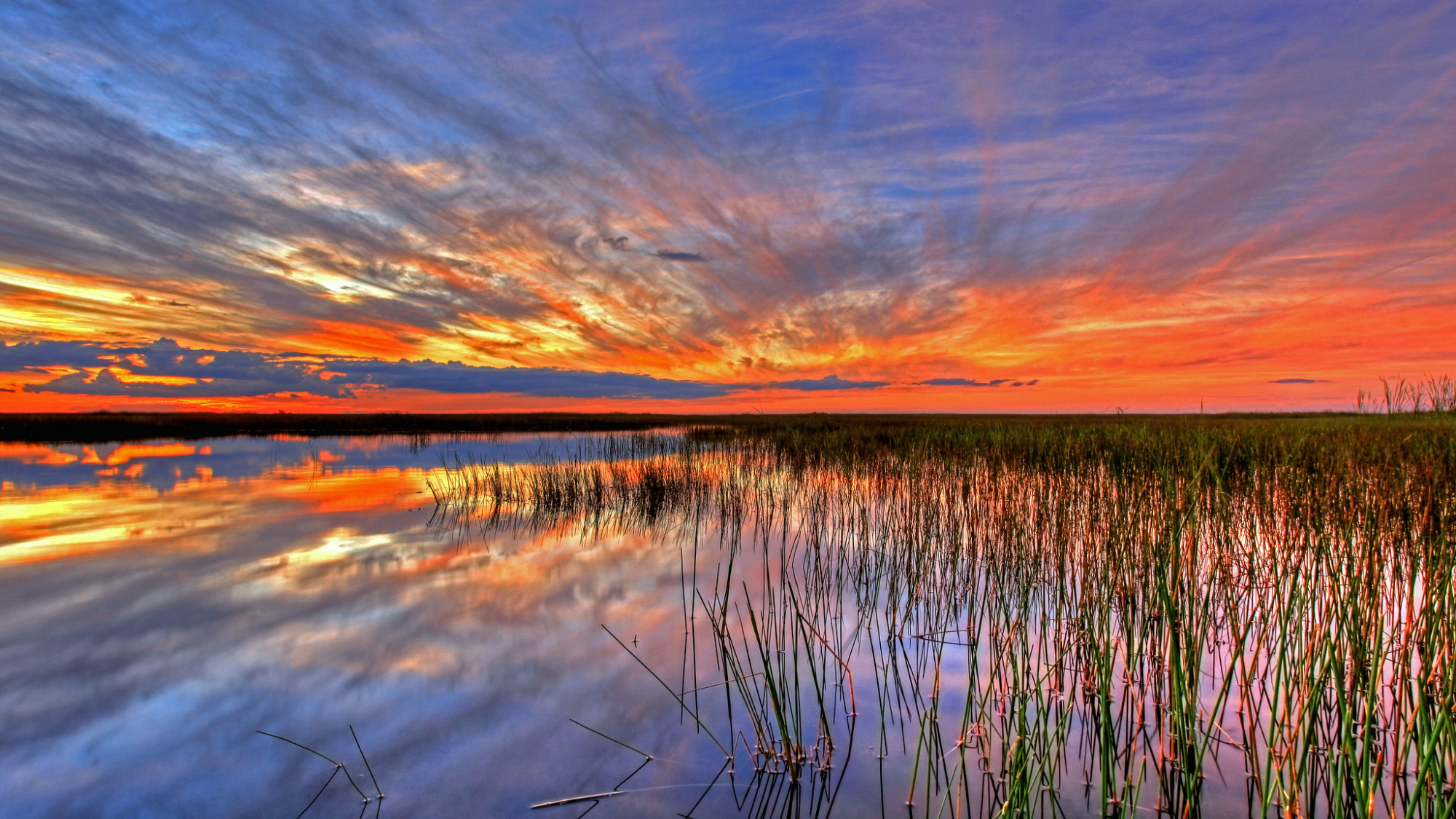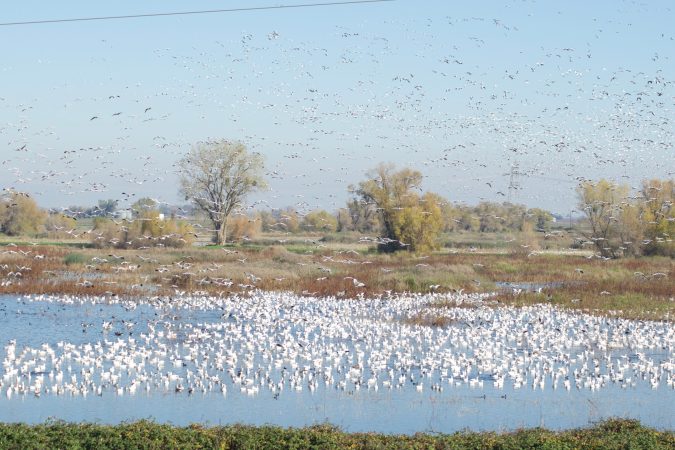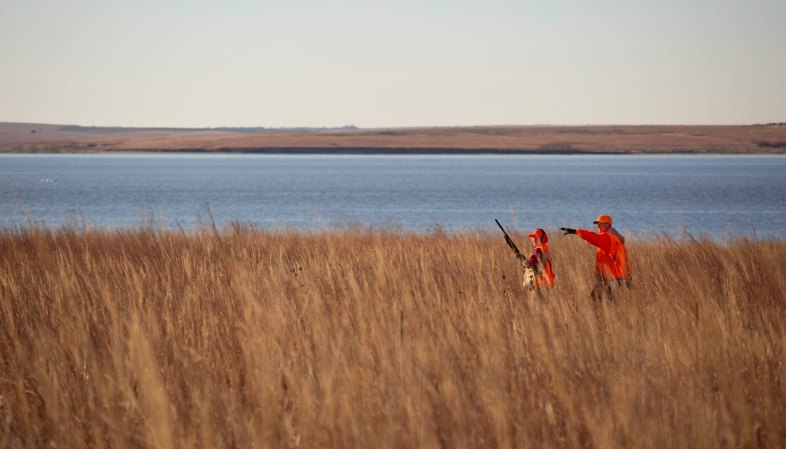Across the country, state legislatures are starting their 2023 sessions with more money to spend than usual. There are several reasons why most states are in budget surplus right now. But one common denominator is COVID-19 relief funding that attempted to bolster the economy in 2020 and 2021. Groups in Montana and New Mexico are lobbying their legislatures to put some of that extra cash into trust funds for wildlife habitat conservation.
Both states continue to battle with habitat and biodiversity loss, drought, and invasive species. The federal government has set aside a lot of money to address these problems in recent years through bills like the Great American Outdoors Act, the Land and Water Conservation Fund, the Inflation Reduction Act, and the Bipartisan Infrastructure Law. However, in order to apply for that federal funding, state agencies usually have to make a sizable contribution of their own to whatever project they’re working on. “Matching” is the industry term for this pay-to-play framework. State agencies generally won’t get federal dollars if they can’t match what they’re applying for.
A conservation trust fund could solve that problem. Montana is currently in a budget surplus of around $2 billion. New Mexico’s surplus is even higher at an estimated $3.6 billion. Conservation groups say that now is the time to invest some of that money in wildlife habitat. But such an idea is often met with questions. Do these states really have the money to create an investment account for conservation? What about crumbling roads and bridges? Public schools? Tax cuts?
What Is a Conservation Trust Fund?
Some states have permanent conservation funds that they use for matching federal conservation dollars. But other states like Montana and New Mexico lack permanent and reliable sources of funding for such a purpose. When it comes time to start a habitat improvement project, these states have a harder time getting federal assistance.
The coalitions request $200 million and $350 million respectively. If they get it, they would invest that cash into trust funds that would then start developing returns in the stock market. Those annual returns, which would vary in value depending on the market’s health, would go toward conservation and stewardship projects addressing everything from irrigation efficiency on private lands to invasive species management and native fish habitat on public lands and waters.
The initial investment would remain untouched in the trust fund. Donations or payments during future surpluses could even grow the pot of money, also known as a “corpus.” This would grow the return the coalition receives and, in turn, grow the coalition’s budget for conservation work.
Government agencies, non-profits, and private entities use this model to fund programs of all kinds. Many of them get money through a variety of avenues, not just with one-time payments from the state’s general fund. Some rely on revenue from oil and gas royalties, state sales tax, taxes on cigarettes and lottery tickets, or real estate transfer taxes. As of 2005, 13 states had environmental trust funds, according to a brief from the Minnesota House of Representatives.
Where Did This Idea Come From?
Both Montana and New Mexico looked to a fellow western state as a leader on permanent conservation funding when designing their plans. The Wyoming legislature first established the Wyoming Wildlife and Natural Resource Trust in 2005. Over the last 17 years, the pot has grown to its current size of $190 million, thanks to both the initial $110-million investment and more recent one-time investments and donations. WWNRT is currently lobbying to grow the corpus to $200 million this year as a part of the Cowboy State’s 2023 budget. (Wyoming is in a $913-million surplus as of mid-November 2022.)
“It didn’t happen overnight. It was originally proposed in the 1980s, and that never stuck,” WWNRT executive director Bob Budd tells Outdoor Life of the origins of the fund. “When Governor Freudenthal came into office, he took another crack at it and said ‘we need to do this.’ He was successful in shepherding it through.”
Budd has advised members of the coalitions in both Montana and New Mexico on what has and has not worked since WWNRT’s inception.
“The fact that we have an independent, autonomous board was a big deal,” he says. “That gave people comfort that it wasn’t going to become political, it wasn’t going to be something that only one agency could tap into, that it was open to a wide variety of applicants.”
Wyoming politicians of all parties see the value of investing in the state’s natural resources. Using one big chunk of money that harnesses the power of the free market and grows capacity on its own rather than a smaller annual appropriation made sense for the fiscally conservative state.
“It started very slowly,” Budd says. “People were nervous about it, so we operated on a shoestring for quite a while until people got comfortable and saw what the board did. Then we had a few pretty good years where we were able to add more to the corpus. The legislature was very generous in helping keep the program up and running with general fund appropriations.”
What Else Could This Money Do?
Taxpayers have their own ideas on how state budget surpluses should be spent. Some want to see the leftover COVID-19 relief funding back in their wallets. Others want to see investments in affordable housing, healthcare, public schools, or overdue infrastructure improvements. Some advocate for tax reform.
The Montana Budget and Policy Center says that some of Montana’s surplus comes from the recent influx of high-income earners. The “Zoom Boom” hit a lot of western states whose outdoor recreation opportunities and wide open spaces appealed to people living in large cities who could now work remotely. But this mass migration also drove up the cost of living across the West. Pre-established residents in lower income brackets were priced out of their homes and towns. The Montana legislature made budget cuts during the 2017 session, which MBPC senior budget strategist Zuri Moreno said set the state up for a tough time when the pandemic hit.
“The impact of closed schools and businesses and the lack of available and affordable health and infrastructure services, paired with an influx of people moving to Montana as work-from-home became commonplace, all illuminated the deeply needed investments in our communities,” Moreno wrote in an MBPC report. “Montana faced significant gaps in affordable housing options, reliable internet for telehealth or online K-12 classrooms, options for paid leave for workers to stay home when sick or to care for kids, and affordable child care options.”
Meanwhile, New Mexico has the oil in their corner of the Permian Basin to thank for a large chunk of its surplus. State spending was up in recent years while Governor Michelle Lujan Grisham invested in the state police force, teachers, and tax rebates for state residents. But low-ranking public schools and high poverty rates leave room for more government investment amidst the surplus. After releasing her budget recommendation on Jan. 10, Gov. Lujan Grisham told the Associated Press that’s what she plans to do.
Her proposal “empowers the state…to take on new and innovative strategies that are disrupting the status quo, that help our children, our families, our schools, our small businesses and our entire economy,” she said in a statement. But the plan also leaves room for conservation by including a $75-million corpus for the Land of Enchantment Legacy Fund.
The New Mexico Proposal
While $75 million isn’t quite the $350 million the coalition was hoping for, Western Resource Advocates senior policy analyst Jonathan Hayden says it’s the collaboration between a variety of stakeholders and the spectrum of programs and projects receiving funding that really matter.
“The proposal is really the result of more than five years of negotiations between a broad coalition,” Hayden tells Outdoor Life. “We’ve convened this coalition representing a pretty diverse constituency base, from agricultural and working lands advocates to traditional conservationists, outdoor recreation enthusiasts, sportsmen and women, and members of the business community. We’ve all rallied behind this proposal. We would use some of the historic budget surplus right now to seed a fund that would provide returns in perpetuity, hopefully, that would sustain some of New Mexico’s conservation programs.”
As Hayden points out, available federal funding for conservation work is flush right now. If the still-percolating Recovering America’s Wildlife Act budges at some point, that would expand federal capacity even more.
“One of the real driving motivators for getting this done now is the abundance of federal funds available to states who can come up with match to leverage them,” Hayden says.
New Mexico’s conservation challenges “are complicated and fortified” by a diverse user group, Conservation Voters New Mexico political director Ben Shelton tells Outdoor Life. With over 20 sovereign tribes, nations and pueblos, a variety of Hispanic cultures, and some of the Southwest’s largest urban centers, New Mexicos’ population interacts with its public lands and waters in a variety of ways.
“This has been a gigantic gap for a while,” Shelton says. “Every analysis of public lands policy in New Mexico for the last five years has identified a recurring source of funding as a huge need. We need to get our acts together because we have such amazing assets in terms of huntable, fishable, and hikeable public lands. We think we’re on the same level as Colorado, but we just don’t get the same economic return that Colorado gets from it. Or even Montana, for that matter.”
The Montana Proposal
The Montana Citizens’ Elk Management Coalition is a group of hunters who lobby for improved elk management across the state. They want to see $200 million put toward their brainchild, the Montana Legacy Trust. Montana Wildlife Federation board member and MCEMC member John Salazar cites Wyoming’s success as an inspiration for the proposal.
“Wyoming’s trust has supported over 750 projects. They’ve put nearly $100 million in the ground for restoration and stewardship treatments. That’s what we’re modeling ours after,” Salazar tells Outdoor Life. “We’re trying to get someone to carry a bill that would take $200 million from the overabundance at the state level and put it in the Legacy Trust. That should generate between $4 and $8 million a year off the interest to help us do some projects around the state.”
The pitch for the Montana Legacy Trust comes at a crucial time for conservation across the state. A 20-percent sales tax on marijuana was supposed to permanently fund a different state lands program, Habitat Montana. Founded in 1987, Habitat Montana purchases conservation easements and grows public land access. But Gov. Greg Gianforte proposes to redirect that tax revenue—about $30 million—to veteran services. Habitat Montana would instead receive a $12-million appropriation to keep the program on its feet until 2025.
Unlike New Mexico, where Governor Lujan Grisham is at least partially on board with the idea, the Montana proposal does not currently have an official supporter in the government. However, the Trust has received vocal support from Senator Jeff Welborn of Dillon, Montana. Dillon, the seat of Beaverhead County, is largely reliant on both private land agriculture and public land and water hunting, fishing, and recreation in the surrounding Beaverhead National Forest and Beaverhead River. This mix of conservation interests makes Dillon a prime example of a place where the trust fund could catalyze some real change for everyone-private land rancher and public land hunter alike.
“It’s an idea worthy of consideration, because it could help the land, and its stewards, in rural Montana, over the long haul,” Sen. Welborn says on the Montana Legacy Trust website.
The Legacy Trust idea could have legs in Montana because it would benefit both private landowners and public land users.
“It’s just a mathematical fact that 60 percent of the state is private land, so wildlife and fisheries and conservation in general is highly dependent on private landowners,” retired Montana Fish, Wildlife, and Parks biologist Mike Korn tells Outdoor Life. “You’ve probably heard the mantra that hunters and anglers pay for conservation and no one else does. A great deal of wildlife and fisheries restoration has been paid for by hunters and anglers, which is great. But this is a way that all of the population can pay for conservation and have a voice in how it’s done, and I think that’s a good thing. It’s not just hunters and anglers who have an interest in conservation.”
What Happens Next?
The New Mexico legislature adjourns on March 18, which is less than 10 weeks away. In Montana, the legislature doesn’t adjourn until May 10. This leaves a little more wiggle room for the coalition to find someone to carry the bill.
If you ask Bob Budd from Wyoming, both states should invest in their natural resources.
“We’re addressing potential endangered species [and] water issues. We’re addressing a myriad of issues all the time, in a proactive manner,” he says. “For every dollar we spend, we bring in another five or six dollars from external sources. That includes federal sources, private NGOs, landowner contributions, local advocacy, the whole picture…that’s where the magic really happens.”

